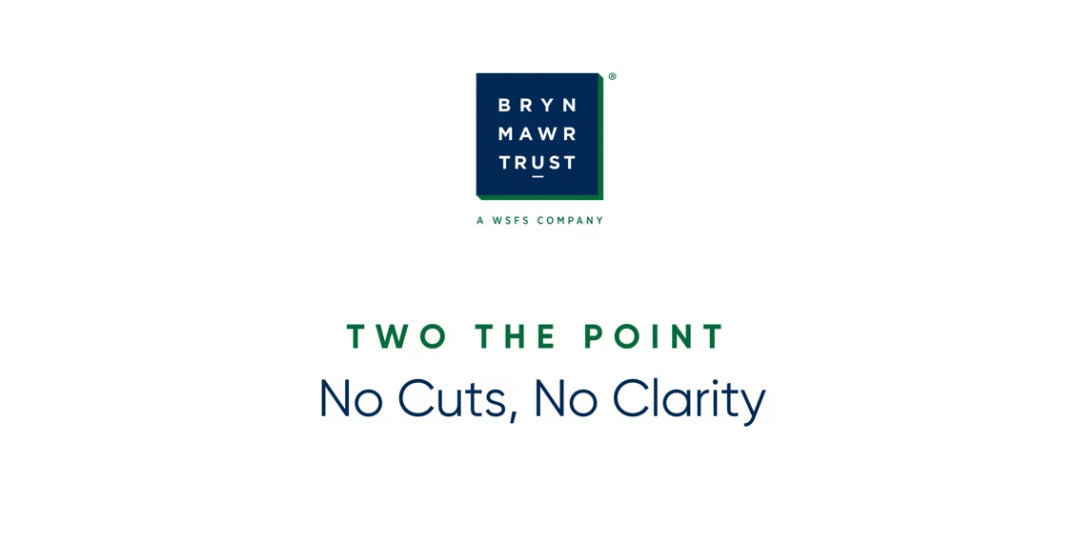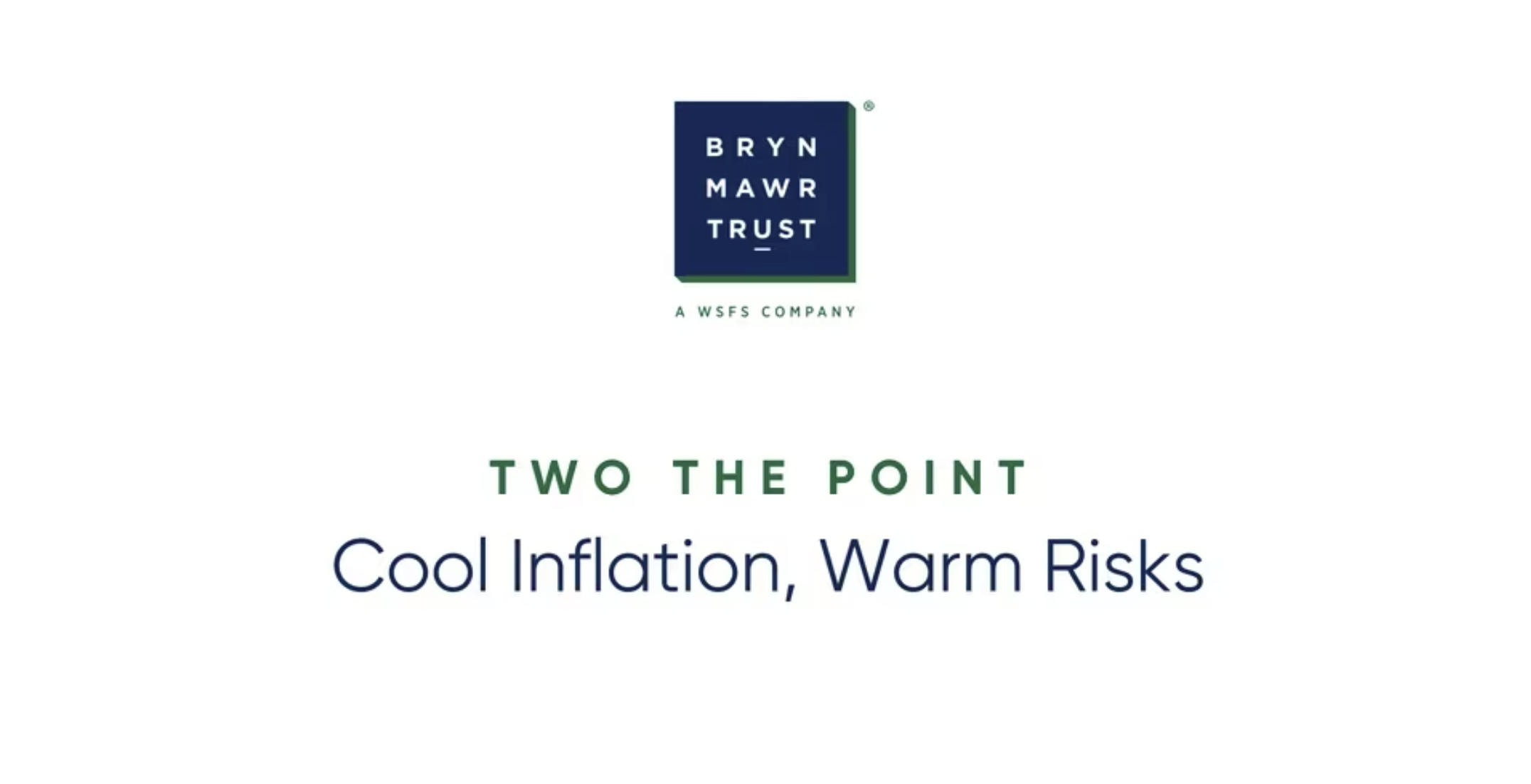Maximizing Retirement Income: Strategies for Tax-Optimized Distributions

Benjamin Franklin was famous for many things, including the quote about only two certainties in life: “death and taxes.” A strong retirement plan should optimize for tax savings as it reviews assets and income streams.
To start, retirees generally have saved across three types of accounts:
- Taxable accounts, which are funded from post-tax dollars.
- Traditional retirement vehicles like 401(k) accounts, which are funded from pre-tax dollars.
- Retirement vehicles like ROTH IRAs, which are funded from post-tax dollars.
All three accounts serve a different purpose in retirement, and their consideration changes as we age.
Taxable accounts funded from post-tax dollars need to be evaluated for their income, and distributions from the principal should consider the capital gains tax impact of raising cash.
Both traditional retirement accounts and ROTHs are unconcerned with capital gains, but your IRS tax bracket taxes traditional distributions, while ROTH distributions are generally tax-exempt.
As we retire, traditional accounts will also have forced payouts known as Required Minimum Distributions (RMDs). This is the IRS not-so-subtly letting you know that you haven’t paid taxes on these funds, and they’re here to begin collecting.
While no two retirements look the same, below are some tips for optimizing your retirement income, considering the tax treatments across assets.
#1: Know your tax bracket. You’ll generally have a sense of where you’ll land in terms of level of income as you approach retirement. You can add projected Social Security income, pension income, and any yield on taxable investment accounts to get a rough number. Your tax filing status (single, married, head of household) will determine the tax rate from this ballpark. Importantly, capital gains tax, which applies to transactions in taxable accounts, is also tiered and can be 0%, 15%, or 20% based on income (1). For example, based on IRS Topic 409, capital gains tax is 0% for married filing joint status on up to $89,250 of income. This can free up lower-income retirements to consider their taxable assets as support for their plan.
#2: Don’t get penalized. Qualified accounts like IRAs and 401(k)s will eventually have RMDs once age milestones are reached. Forgetting to take the distributions can lead to stiff penalties that mean your hard-earned dollars end up with Uncle Sam. This is truly a sub-optimal outcome. Watch for RMD letters from your account providers and have an eye on your 72nd or 73rd birthday (2) as the trigger for these requirements.
#3: Be strategic. Changing the account from which you withdraw based on your age and income level can save you on taxes. For instance, if you sell a business or receive a lump sum payout that increases your taxable income, look to ROTH accounts for any additional cash needs to avoid increasing your taxable income. You can also seek out losses in any taxable accounts to offset capital gains elsewhere in your financial picture (i.e., selling a house with excess over-exemption).
#4: Consider Charity. Those with high retirement income might consider a Qualified Charitable Distribution (QCD). This distribution comes from an IRA and is made directly to a charitable institution (3). It fulfills the required minimum distribution from IRA accounts but doesn’t increase income as the money flows directly to your designated charity.
It is worth repeating – no two retirements are alike, so use these tips with a retirement income review with your financial advisor. And remember to review that plan when major life events occur. You could save money to benefit both your retirement and your legacy.
This communication is provided by Bryn Mawr Trust for informational purposes only. Investing involves the risk of loss and investors should be prepared to bear potential losses. Past performance may not be indicative of future results and may have been impacted by events and economic conditions that will not prevail in the future. No portion of this commentary is to be construed as a solicitation to buy or sell a security or the provision of personalized investment, tax or legal advice.
- Topic no. 409, Capital gains and losses | Internal Revenue Service (irs.gov)
- Retirement Topics — Required Minimum Distributions (RMDs) | Internal Revenue Service (irs.gov)
- Qualified charitable distributions allow eligible IRA owners up to $100,000 in tax-free gifts to charity | Internal Revenue Service (irs.gov)



